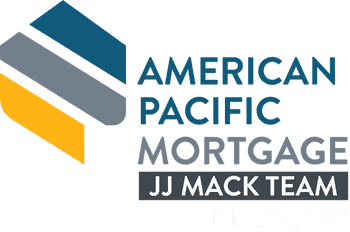Choosing the right type of mortgage is a major decision in the home buying process. One of the most important choices you’ll face is between a fixed-rate mortgage and an adjustable-rate mortgage (ARM). Understanding the difference between fixed and adjustable-rate mortgages can help you make a confident, informed decision that supports your financial goals.
Fixed-rate mortgages offer predictable monthly payments because the interest rate remains the same for the life of the loan. This option is ideal for buyers who plan to stay in their home long-term or prefer budgeting with certainty. Fixed-rate loans are popular among first-time buyers for their stability and simplicity.
On the other hand, adjustable-rate mortgages typically start with a lower initial interest rate compared to fixed-rate loans. However, after a set period—usually 5, 7, or 10 years—the rate can adjust periodically based on market conditions. ARMs can be beneficial if you plan to move or refinance before the rate adjusts, but they carry the risk of higher payments down the line.
When deciding between fixed vs adjustable-rate mortgages, consider your long-term plans, tolerance for risk, and current financial situation. While a fixed-rate mortgage may provide peace of mind, an ARM might offer significant savings in the early years.
By understanding the pros and cons of fixed vs adjustable-rate mortgages, you can select the loan that best aligns with your homeownership goals and financial future. Need help deciding? Contact a mortgage specialist at the JJ Mack Team for personalized guidance.

